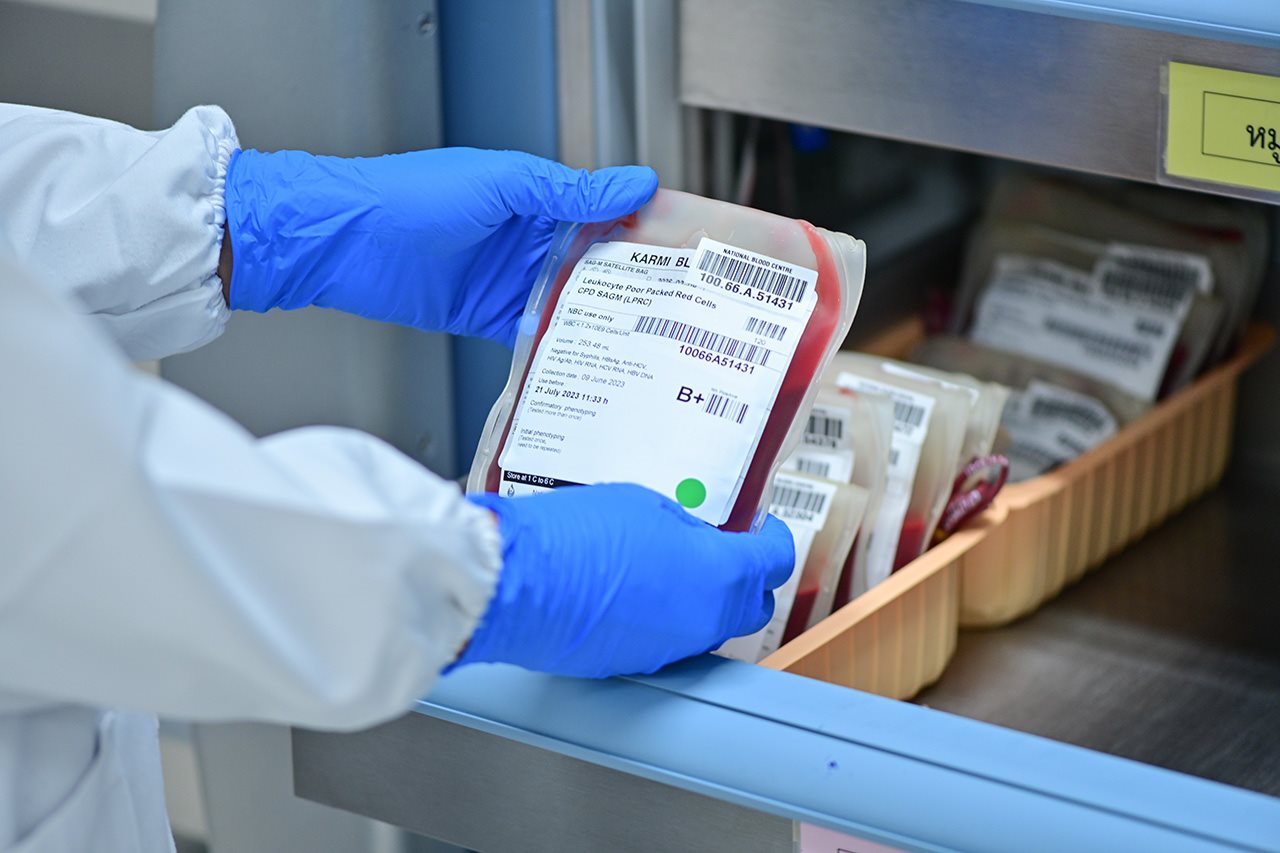(BPT) - By Ned Monroe
As the world looks to improve on all three pillars of sustainable development - economic, social and environmental - as the global population increases, countries work together to forge agreements that are meant to help end poverty, reduce waste, bridge social inequities and more. One of those efforts is a framework targeting plastic waste. These goals are extremely important; however, they also could create obstacles or do more harm than good if not developed using consensus- and systems-based approaches.
What are global policies tackling?
The United Nations Environment Programme (UNEP) is working to develop an international legally binding instrument on plastic pollution, including in the marine environment.
At the Vinyl Institute, we also recognize that waste is a real problem, and we are participating as one of many UNEP-accredited Observer delegations in the International Negotiating Committee process in Geneva, Switzerland, to inform governments as they work together to address the issue. An effective treaty would be most beneficial if it recognizes and accommodates the critical roles that many plastic products play in modern society. These treaty discussions must move forward in a way that is collaborative and backed by science.

The role of the U.S. PVC industry
Because of its durability and versatility, PVC is relied on in a broad array of industries, from infrastructure to healthcare. This includes medical bags that store blood, pipes that safely and reliably deliver water, energy-efficient windows, wire and cable insulation, environmental protection liners, automobile components and much more.
In the U.S. alone, the PVC value chain adds $55 billion to the economy each year and supports more than 350,000 jobs.
The sustainability of PVC
Like the larger public, the vinyl industry has long recognized that waste is an issue, and value chain members have responded through investments in manufacturing waste reduction and recycling infrastructure over the past few decades. Through these responsible manufacturing practices, there is a strong market that enables the reuse of vinyl materials to make new, durable products. A survey of PVC recyclers in the U.S. and Canada has shown that 1.1 billion pounds of PVC is being recycled in these regions annually.[1] Vinyl recyclers are making significant investments to increase recycling collection streams and ease takeback efforts so that even more end-of-life vinyl material can be diverted from landfills and become valuable in new ways.
These investments, including those funded through the VIABILITY recycling grant funding program, represent a shift from a traditional linear model - make, use, dispose - to a circular economy that prioritizes reuse and recycling. Vinyl Institute members are committed to circular sustainability through sustainable design, responsible resource use, innovative vinyl recycling solutions, and recovering value from materials once seen as waste.

Concerns and recommendations about plastic regulations
As UNEP and member states develop an international legally binding instrument on plastic waste, it's important that frameworks use science-based, systems-thinking and common-ground approaches that contribute to the overall goals of reducing waste while not sacrificing plastic's important role in the modern economy. By contrast, approaches that include broad bans on products, chemicals or materials may lead to unintended consequences that are counterproductive to other sustainability goals. And they could force consumers to use products with lower performance properties or higher costs for common everyday needs.
In fact, plastic is often part of the solution to critical global challenges. Consider drinking water shortages, for example. PVC pipes can offer long-lasting, cost-effective and sustainable solutions for water delivery, including in developing areas of the world where reliably accessing safe drinking water may be difficult. The use of PVC pipe in these communities represents economic opportunity and gender equity, is the low-carbon option[2] for safely managed water, and helps communities achieve several of the UN Sustainable Development Goals. We think we can work together to reduce plastic pollution while building capacity for other UN Sustainable Development Goals like #6 Clean Water and #3 Good Health and Well Being.
Proposed measures also must consider that needs and goals vary greatly depending on local geographies, economies, existing laws and more. Instead of outright global bans, there must be allowances to tailor goals by governing bodies and entities, accommodating the vastly different realities and needs of participating countries.
An implementable agreement would support decision-making at a national level, taking into account national circumstances, using regulatory frameworks like those used in the United States, and encouraging new ideas and investments in waste management, recycling, reuse and circular economy strategies that protect vulnerable ecosystems.
Effective, fair policy relies on engagement across all stakeholders, including government bodies, environmental groups, chemists, ecosystem scientists, public health experts, polymer scientists, manufacturers and others.
Sustainability to benefit everyone
At the Vinyl Institute, we support efforts to increase sustainability to protect both the environment and the people who inhabit it. We believe that UNEP's mission to address the rising levels of plastic pollution is an important one that can be accomplished with a more fair and effective agreement that doesn't rely on outright bans or restrictions on polymers and products.
Good policy requires a thoughtful process. By creating an instrument that respects different needs across geography and industry, governing bodies can not only drive greater support and adoption, but ensure that the benefits of more durable plastics like PVC remain accessible and available for critical applications. In this way we can continue to serve a growing population in a healthy and sustainable way for generations to come.
To learn more about the critical roles vinyl plays in our day-to-day lives and the industry's ongoing sustainability efforts, visit www.vinylinfo.org.
Ned Monroe is CEO of the Vinyl Institute.
[1] Nasr, Nabil, ed. Technology innovation for the circular economy: Recycling, remanufacturing, design, system analysis and logistics. John Wiley & Sons, 2024.
[2] Life Cycle Assessment of PVC Water and Sewer Pipe and Comparative Sustainability Analysis of Pipe Materials. Sustainable Solutions Corporation, 2017.






